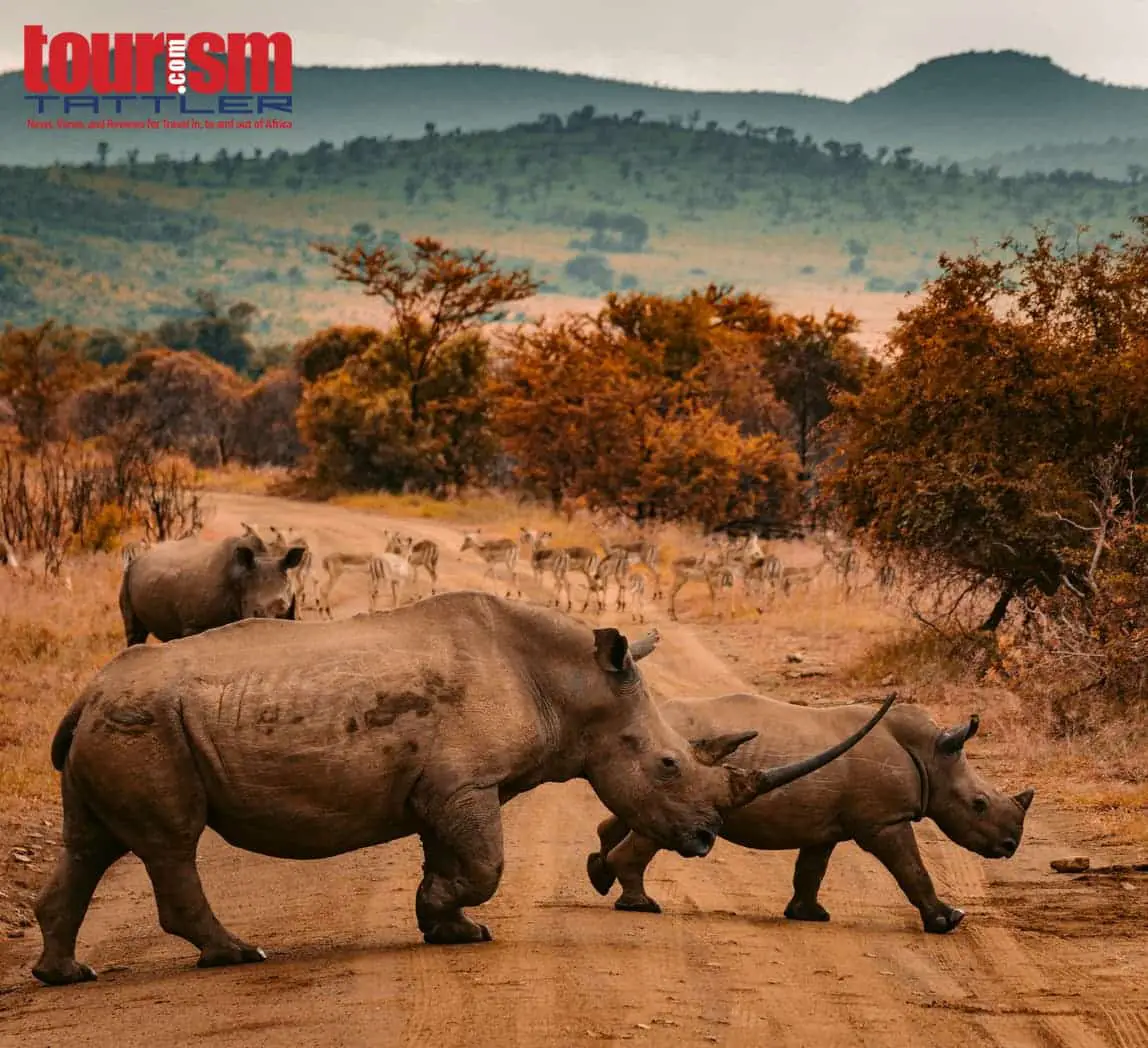The Fine Print
In Part 1 of this three part series, I wrote about the importance of building a culture of ownership and looked at the ‘Big 5’ preventative measures in managing risk. In part 2, I will deal with the fine print of insurance policies – aka policy wording. By André du Toit.
Have you ever read through your insurance policy wording with complete understanding? Lack of complete understanding is in itself a huge exposure and unless you consult a specialist insurance broker you may be left none the wiser.
Much of the Fine Print is hidden in policy wording under headings such as Terms and Conditions or Exclusions and Limitations – even Excess Structure can have some hidden surprises unless highlighted by your broker! The insurer’s policy wording contains all that is important and can either be delivered to you “as is” or negotiated upfront by a broker with niche market experience and sufficient business volume to warrant the insurer adjusting the policy wording.
Below are some policy wording adjustments that make all the difference to your cover.
Terms and Conditions (T&C’s) – are the most well-known as they follow every advertisement and make up the fine print in many contracts, your insurance schedules included. The potential gap here lies more in your understanding of the terms and conditions of the contract of insurance you have taken out.
Examples would include:
• Condition’s of cancelation of the policy. 30 days notice.
• Condition’s of claim reporting.
• Condition’s around misrepresentation and non-disclosure.
Exclusions and Limitations are in a similar bracket – they are inserted into all policies to manage the level of risk that insurers take on. These can create gaps in insurance cover, which you assumed were there, and which can cause a claim to be rejected or not paid in full. It is imperative that you understand the fine print in your insurance policies.
Example of Exclusion: Contractual Liability. The contracts you sign with booking agents must be scrutinised to ensure that they do not slip in a clause that indemnifies them for everything and anything that may go wrong regarding guests while in your care. It can however be accepted if it includes “where you are seen to be negligent” which is deemed reasonable. Should you sign such a contract it may nullify your insurance because you cannot bind your insurer to a third party contract.
Example of Limitation. Legal defence cost – you’ll find most defense costs are capped at around R50K. No prizes for those who guess how much time that buys you in a court room! The fact is, the capped amount is likely to be grossly insufficient, and cases of litigation in this industry are not simple considering the possibility of an international guest being involved.
Excess structures (first amount payable) can be used as an effective means of taking on a portion of the risk i.e. higher excesses result your premiums being reduced. Be sure they are fully disclosed, as often the saving in premium is highlighted rather not the hefty excess. Example:. 5% of claim, minimum R15,000, sounds great when applied to a lightning excess, but 5% of a R10 million building is R500K – that’s your excess! The lesson here is being fully aware of the structures at play, and your capacity to absorb the knock. The excess can be increased, decreased, flat, a percentage and even capped.
Discuss consequences openly.
There are three sections worth highlighting, as these are common requirements for most businesses and each may leave you exposed if not clearly understood and applied.
1. Liabilities.
Liability policies are those that will indemnify the insured should they be found legally liable / negligent for damage or injury to third party property or person.
Unlike a vehicle or a building that you can attach a value to, it is very difficult to quantify a potential liability exposure. A few things are worth considering:
• Within the tourism and hospitality sector, you are often dealing with high net worth individuals and foreigners.
• When calculating an award, legal costs, pain and suffering, future loss of earnings (factoring in annual inflationary increases and potential promotions) – for the rest of the injured individuals anticipated working career – medical costs, etc. are all considered. This combined with the current rate of exchange; potential awards can run into hundreds of millions of Rands, Dollars or Pounds.
• Liabilities are therefore arguably the single biggest exposure that any Company is faced with, particularly within our very specialised industry, which it becoming more and more litigious.
It is therefore crucial that Companies carry sufficient liability cover and that the sum insured is sufficient in Rand currency terms to indemnify the Insured for potential International award in Euro’s for example. Each client therefore needs to factor in who their target market is in terms of age, net worth and nationality when determining their indemnity limit (sum insured). In addition the liability exposure to the tourism and hospitality sector is unique and therefore requires a specialised product. A few covers that should be considered:-
• Legal Defense Costs – Is this cover included / has the limit been capped?
European Community (EC) Directive – critical should you do a lot of business with international booking agents.
• Jurisdiction – In which courts in the world will your policy respond?
Territorial Limits – In which Countries are you / your subcontractors permitted to operate in?
• Sub-contractors – Are you covered for the actions of your subcontractors? Most operators make use of sub-contractors for certain services e.g. transfers, day trips, activities, specialist skills etc. If you receive monies and bookings on behalf of these entities then you are potentially liable. It is vital that these individuals or companies have their own covers in place and that you check this up front.
2. Assets.
This would extend to property and its contents as well as motor vehicles or any other tangible assets. The most important consideration when insuring your assets is ensuring that your sums insured are sufficient. More often than not people will insure for the purchase price. This is wrong!
Property. Property is more often than not an appreciating asset. If a lodge / hotel were to burn down (for example):
• The debris would have to be removed before any reconstruction can take place – there’s a cost involved.
• Professionals then need to be consulted to draw up plans for the new structure – there’s a cost involved.
• Often lodges are situated in remote areas and building materials are not easily available and have to be transported a great distances (or even imported in some instances) – additional cost involved.
• The cost of building materials has escalated excessively in recent years, so if you were to buy building materials today for a property purchased three or four years ago, it would be significantly more expensive – another unforeseen cost!
• Many clients also forget to include VAT.
The fact that you had it built for half the price does not matter.
There is an extensive list of considerations – but essentially all of the above have a cost / value attached to them.
Vehicles. Vehicles are usually depreciating assets and most Insurers will only compensate you for the retail / market value. It is therefore important that sums insured be depreciated each year failing which you could be paying more than you should. Extras such as roof racks, fridges and winches must be declared and valued separately. Many standard market policies also exclude vehicles that are used for the transportation of fare paying passengers.
3. Loss of Income / Business Interruption.
Most tourism and hospitality businesses sell a service / experience, for which they are remunerated. Should your establishment burn down, you stand to lose your bookings and the potential revenue that you would have earned had you been operational. This area in particular is often not looked at closely enough; and many Insured’s find themselves underinsured. The following should always be considered:
• Worst case scenario – should you have a total loss; how long will it take you to get back up and running? This is not limited to the rebuilding of the lodge but must take into account loss of market share, as invariably guests will find an alternative holiday venue invariably with the competition.
• Basis of cover. Various options exist here and it is important to talk to your advisor to properly understand the difference:
Revenue Basis – this is often recommendation to the tourism and hospitality due to it being a service driven industry.
Gross Profit Basis – can be used in some instances – where there is stock / goods sold.
• Rental.
• Increased Costs only.
• Business Interruption policies need to be catered for each individual depending on their specific requirements. There are many extensions and optional extras that can be purchased and it is important that you are aware of what these are so that you are able to make an informed decision as to whether or not you would like to purchase insurance to protect yourself. One such example is prevention of access – e.g. if there is damage to a road/bridge not on the insured premises that prevents guests accessing the premises.
So in terms of fine print it is important to consider the following:
1. Engage in a specialist broker to ensure the product you buy is comprehensive and caters for your specific needs;
2. Spend time understanding your options and how they can be applied;
3. Ensure full detail is discussed with you so you are comfortable that the T&C’s, Exclusions and Limitations, Excess structures and cover limits are in fact going to adequately cover you in the event of a claim.

For more information, email [email protected] or visit www.satib.com
If you found this article to be useful, read Part 1 (Importance of Building a Culture of Ownership) HERE.





